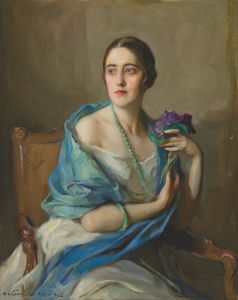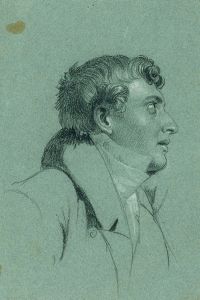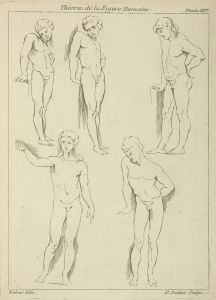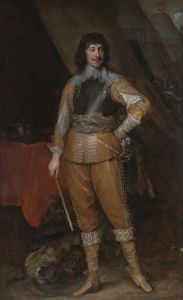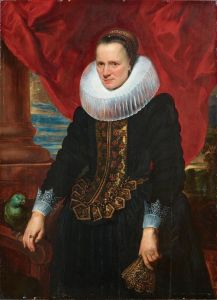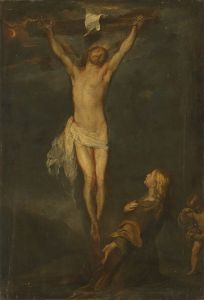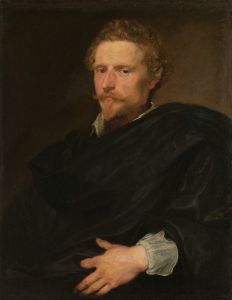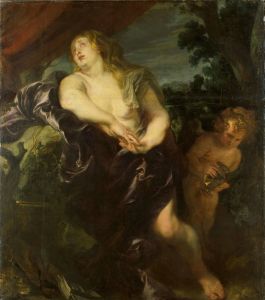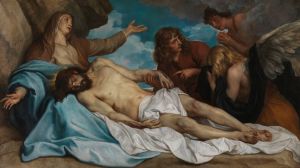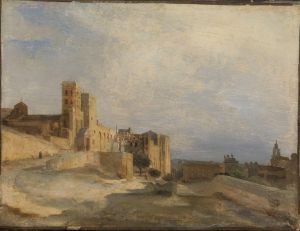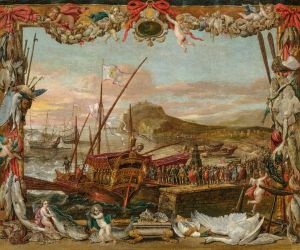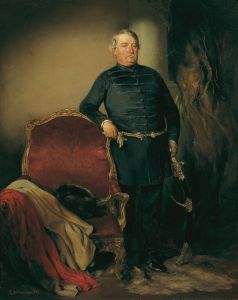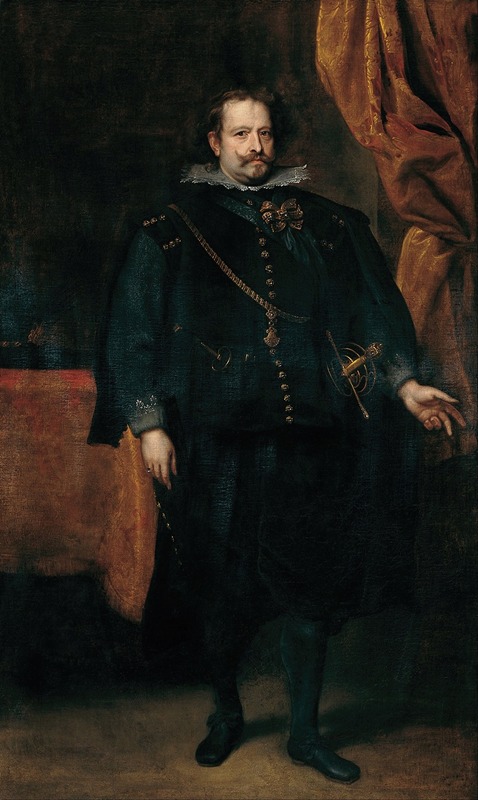
Diego De Mexía, Marquess Of Leganés
A hand-painted replica of Anthony van Dyck’s masterpiece Diego De Mexía, Marquess Of Leganés, meticulously crafted by professional artists to capture the true essence of the original. Each piece is created with museum-quality canvas and rare mineral pigments, carefully painted by experienced artists with delicate brushstrokes and rich, layered colors to perfectly recreate the texture of the original artwork. Unlike machine-printed reproductions, this hand-painted version brings the painting to life, infused with the artist’s emotions and skill in every stroke. Whether for personal collection or home decoration, it instantly elevates the artistic atmosphere of any space.
Diego de Mexía, Marquess of Leganés, is a portrait painted by the renowned Flemish artist Anthony van Dyck. Van Dyck, who was a leading court painter in the early 17th century, is celebrated for his portraits of European aristocracy. This particular painting is a testament to his skill in capturing the elegance and stature of his subjects.
The subject of the painting, Diego de Mexía, Marquess of Leganés, was a prominent Spanish nobleman and military leader during the early 17th century. He was known for his service to the Spanish crown and played a significant role in the Thirty Years' War, a series of conflicts that ravaged Europe from 1618 to 1648. As a high-ranking official, the Marquess of Leganés held various important positions, including that of governor and captain general of Milan, a crucial Spanish territory in Italy.
Anthony van Dyck painted this portrait during his time in Italy, where he spent several years honing his craft and gaining the patronage of influential figures. Van Dyck's Italian period was marked by the influence of the Venetian masters, particularly Titian, whose use of color and composition left a lasting impact on Van Dyck's work. This influence is evident in the portrait of the Marquess of Leganés, where Van Dyck employs a rich palette and a dynamic composition to convey the nobility and authority of his subject.
The painting depicts Diego de Mexía in a dignified pose, dressed in the elaborate attire befitting his status. Van Dyck's attention to detail is apparent in the intricate rendering of the Marquess's clothing, which reflects the fashion and opulence of the Spanish court. The artist's skillful use of light and shadow adds depth to the portrait, highlighting the Marquess's facial features and conveying a sense of his character.
Van Dyck's portraits are renowned for their psychological depth, and this painting is no exception. The Marquess of Leganés is portrayed with a composed and confident demeanor, suggesting his experience and authority as a military leader. The subtle expression on his face hints at the complexities of his personality, a characteristic feature of Van Dyck's portraiture.
The portrait of Diego de Mexía, Marquess of Leganés, is a significant example of Van Dyck's work during his Italian period and reflects the artist's ability to capture the essence of his subjects. It stands as a testament to the cultural and political connections between Spain and the broader European context during the 17th century. Today, this painting is appreciated not only for its artistic merit but also for its historical significance, offering insight into the lives of the European aristocracy and the role of portraiture in documenting history.
As with many of Van Dyck's works, this portrait is housed in a prestigious collection, where it continues to be studied and admired by art historians and enthusiasts alike. The painting remains an enduring example of Van Dyck's contribution to the art of portraiture and his influence on subsequent generations of artists.





